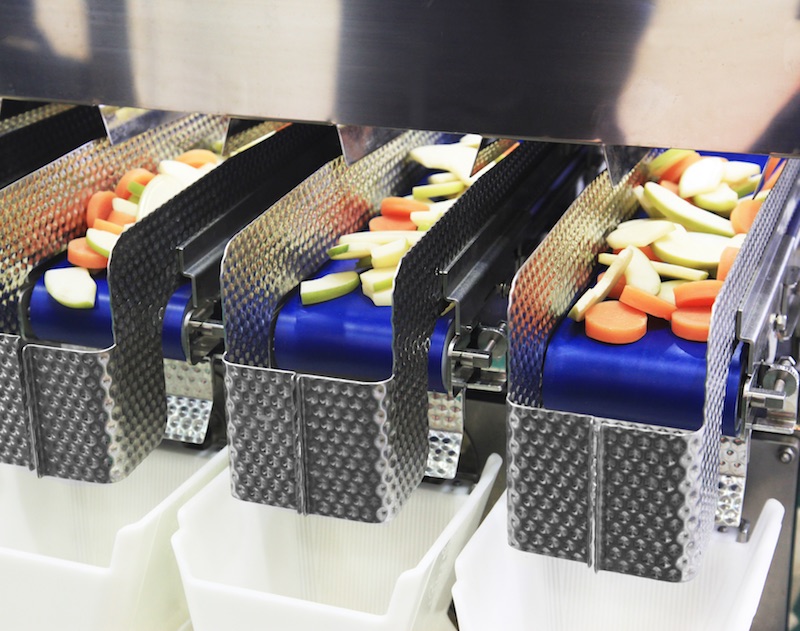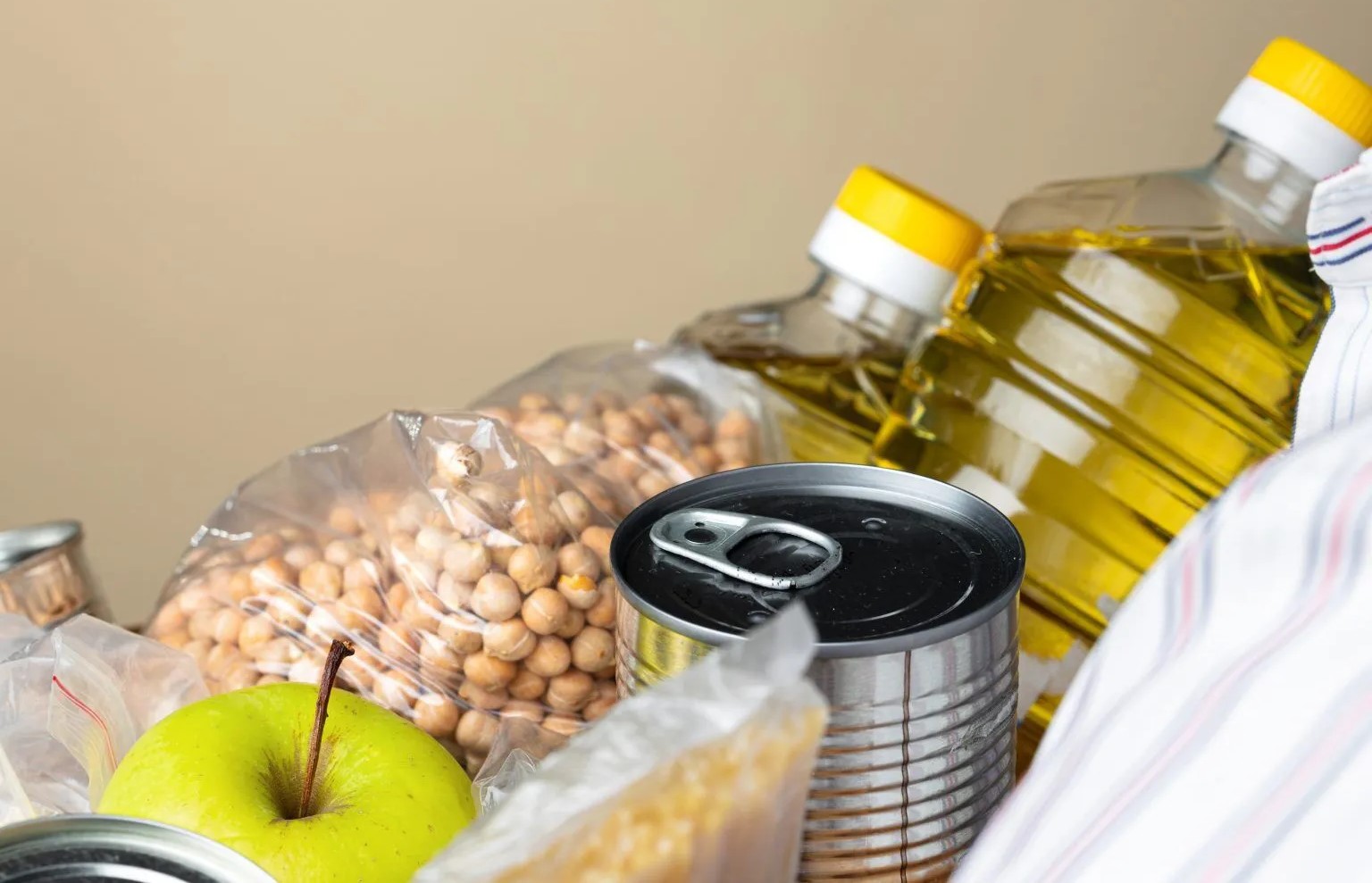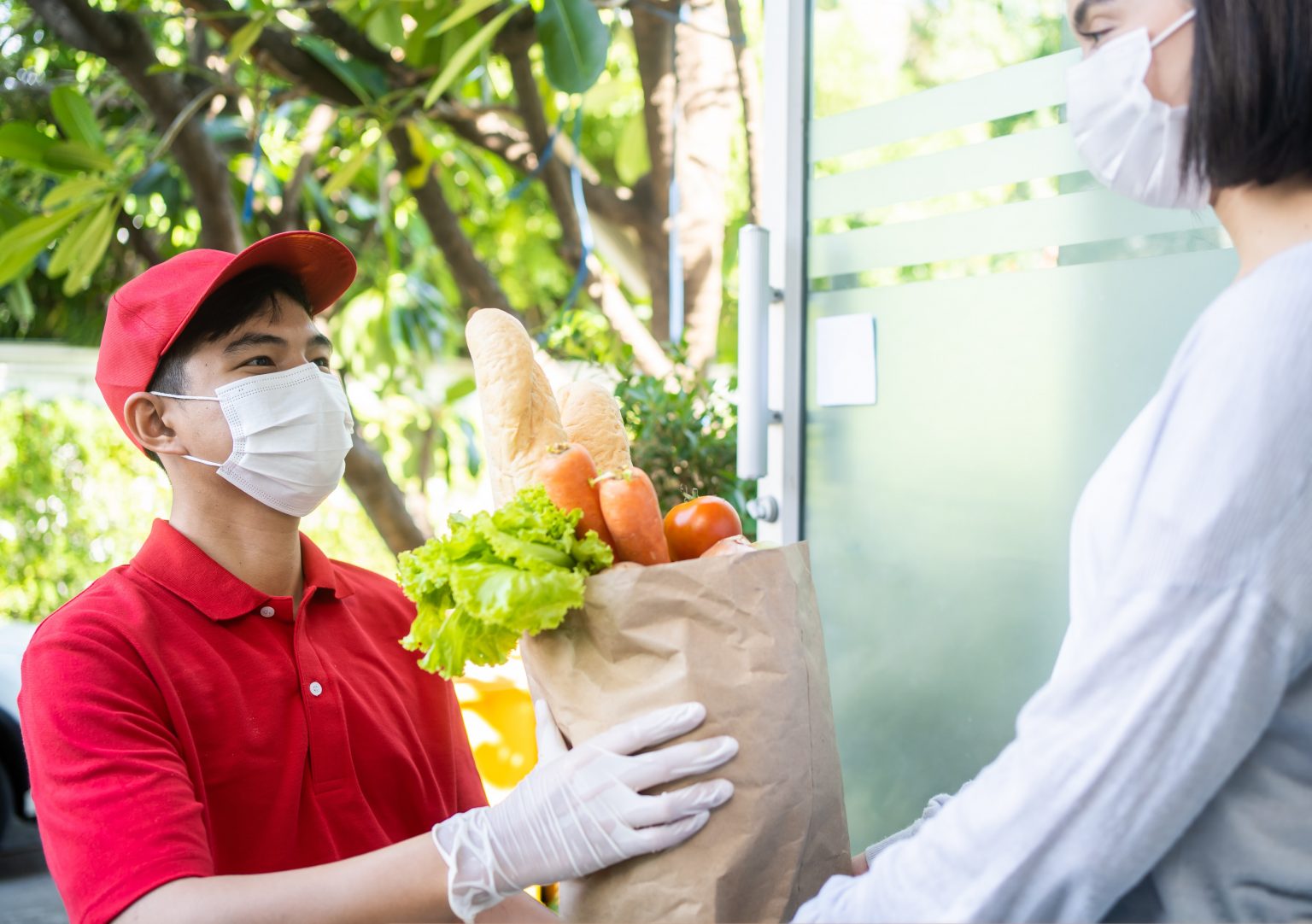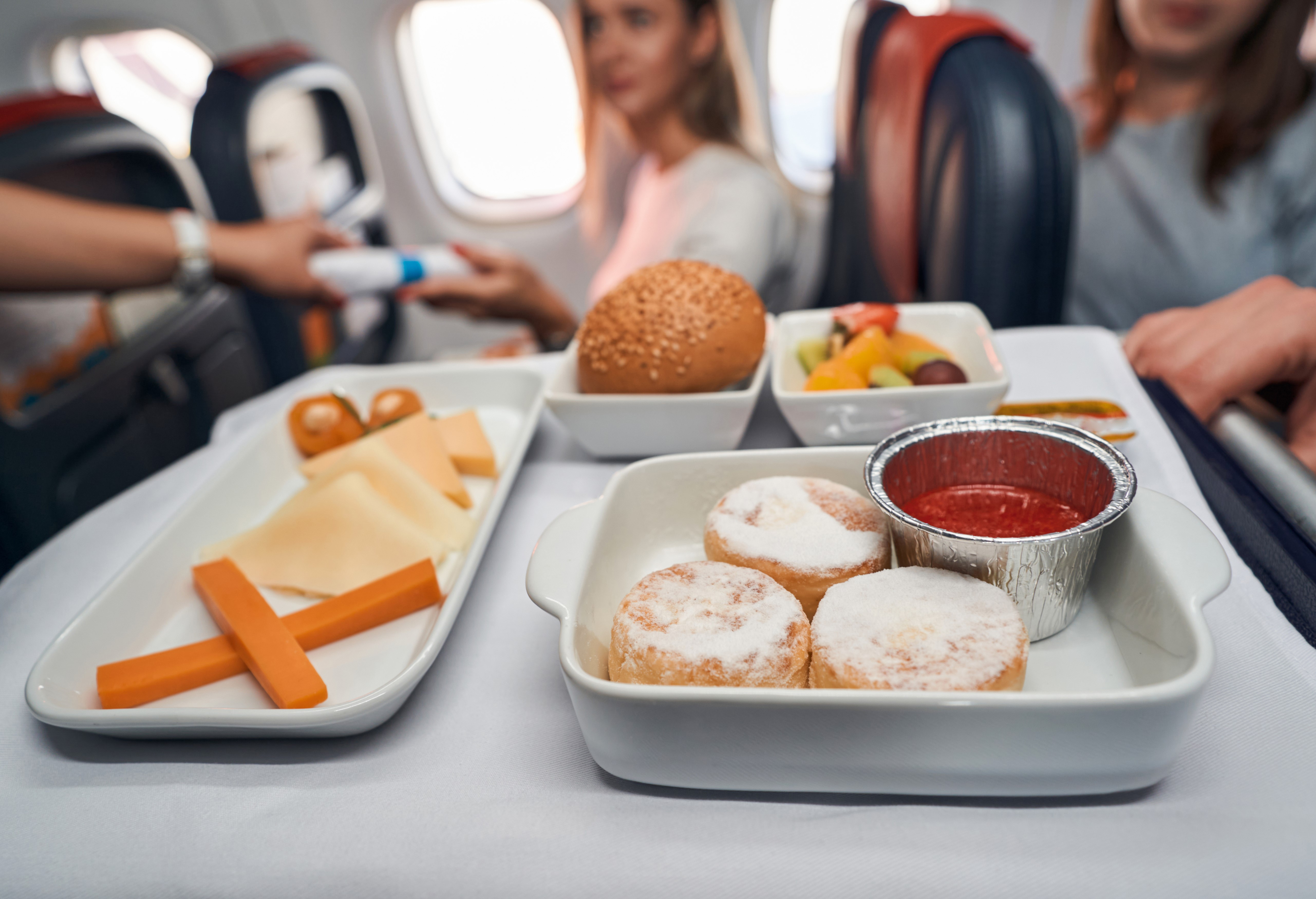Last Updated on February 17, 2025 by Admin
Table of Content
- What is Food Contamination?
- What are the three types of food contamination?
- What is the main cause of food contamination?
- Guide to Food Processing and Contamination Process in India
- About food processing
- What is the purpose of food processing?
- What is food processing?
- What are the methods of food processing?
- What are the reasons and consequences of food processing?
- Conclusion
With 40% of the foodborne diseases affecting children under five years of age and causing nearly 125000 deaths every year, the issue with food safety is a growing concern globally. Foodborne diseases cause a massive burden to public health and medical expenses. According to a 2018 World Bank report, total productivity loss due to foodborne illness in low- and middle-income countries was estimated to cost US$ 95.2 billion per year, and the annual cost treating the diseases is estimated at US$ 15 billion More.
Notably, many of these cases often remain underreported, possibly because of the complexities of establishing links between the food contamination and resulting illness. However, the disease and deaths resulting from the consumption of unsafe food are preventable. This article explores critical points about the food industry process, food contamination process and the food processing process, answering some questions about food safety. To know about the food safety course, please jump to the concluding part of this article.
Useful Resources: Food Allergy Training Course | Food Safety Supervisor Certificate Online | Certificate Course In Food Processing
What is Food Contamination?
Food contamination refers to food compromised by harmful substances. Contamination of food makes it unsafe. These contaminants can be biological, chemical, or physical. Each type of contamination poses unique risks to consumer health. Also, it can arise at any stage. The contamination process can occur from production to packaging. Contamination control is a vital responsibility for all food industry stakeholders to ensure safety and maintain consumer trust.
What are the three types of food contamination?
Following are the three types of contamination in food.
- Biological Contamination: Microbiological contamination of food is caused by harmful microorganisms. These include bacteria and viruses. This type can lead to foodborne illnesses.
- Chemical Contamination: It results from harmful chemicals accidentally entering the food. These chemicals include pesticides and cleaning agents.
- Physical Contamination: It occurs when foreign objects, such as metal shards or plastic, end up in the food. Each type requires specific prevention and management practices to maintain food safety.
What is the main cause of food contamination?
The main cause of food contamination often arises from improper handling, storage, and sanitation practices. Contaminants can enter through unclean environments. It can also result from cross-contamination between foods or through inadequate food handling. Food processing industry professionals must follow strict hygiene protocols, properly train staff, and conduct regular inspections. Preventing food contamination is essential to protect consumer health and maintain food safety standards.
Guide to Food Processing and Contamination Process in India
Food processing in India involves converting raw ingredients into finished products through various methods. These methods help enhance shelf life, safety, and quality. However, food processing contamination is a critical concern that can impact food safety. Contamination may occur at different stages of production and can be biological, chemical, or physical. Ensuring strict hygiene, proper handling, and compliance with safety regulations is essential to minimize contamination risks.
Food industry process and contamination
Before we talk about the food processing process, let us clearly understand its origins and the food contamination process. The food contamination process means foods that have been corrupted. In other words, contamination means any undesired/potentially harmful or dangerous substance that has been introduced to the food, which should not be there. Food contamination could be of different types, including physical, biological and chemical contamination.
Biological contamination
Biological contamination occurs because of the presence of harmful pathogens in foods, including microorganisms, viruses, bacteria, mold, fungi, parasites etc. This type of contamination is the leading cause of food spoilage, waste, and foodborne illness. The pathogens or disease-causing microorganisms get into food products and multiply to unsafe levels quickly before being consumed.
Food business entities should keep their high-risk foods (meat and poultry, egg, dairy products, seafood etc.,) out of the Temperature Danger Zone***. They should buy, store, thaw, prepare, cook and serve the foods following all safety guidelines. They should regularly clean and sanitize all surfaces and equipment contacting foods and ensure a high level of personal and overall hygiene throughout the premises, besides maintaining all necessary precautions.
***According to this resource from FSSAI, “the range of temperatures between 5°C and 63°C is known as the Temperature Danger Zone”.
Physical contamination
Physical contamination occurs when a foreign and unsafe object contaminates food. This could happen at any stage of the production process. Common examples of objects responsible for physical contamination in the food industry process include hair, steel wool, nail, bandage, pieces of plastic etc., to name a few. These objects can pose choking hazards and even carry biological contaminants. Another consequence of physical contamination is the upset caused to the person who spots the object. Even if the object is found before it is ingested, the experience of seeing it is very distressing.
Food businesses can adopt a range of measures to prevent the occurrences of physical contamination. They should train their employees about potential incidents and educate them on proper hygiene. All ingredients should be washed thoroughly. All possibilities of a foreign object entering the food products at any of the processing stages should be prevented. Workers should wear gloves and follow all safety guidelines.
Chemical contamination
When any form of chemical contaminates food, it is known as chemical contamination. It can be difficult to control and cause poisoning and long-term health conditions. Common examples of chemical contaminants include cleaning products, pesticide/herbicide, naturally occurring toxins, heavy metals, antibiotics etc.
Storing chemicals separately from food and labeling them is essential to prevent any occurrences of chemical contamination. Food businesses must follow all safety guidelines and train their employees who handle foods about ways to eliminate contamination possibilities.
Cross-contamination
Cross-contamination in the food industry process occurs when biological, chemical or physical contamination gets into food products, rendering them potentially unsafe and dangerous for consumption.
Contamination is a serious issue. Every food business entity should actively ensure the highest level of safety standards are maintained in processing food products. Failing to do so reflects negatively on its brand image. It can attract lawsuits, penalties, business closure, and strict legal action.
The challenge in dealing with contamination is that it can strike from multiple sources. The food business establishments must regularly inspect and sanitize their facilities and follow certain best practices and protocols to eliminate any chances of contamination.
Every facility is unique and has different requirements and design priorities. Accordingly, they must establish robust processes to address evolving challenges dealing with food safety. As staff members, tools and equipment leave one area for another, they may carry harmful contaminants. Setting up sanitation points at every entry area may help prevent the spread of contamination. Businesses may conduct a hazard analysis to identify control points where contamination factors can be controlled.
Deep cleaning is another way to keep facilities clean and safe from potentially disease-causing substances. Steps should be taken to control pests, eliminate standing water, cut weeds and grass, properly store non-functional equipment and tools away from manufacturing facilities. The construction area should regularly be checked to reduce occurrences of any kind of contamination and their sources. Regularly auditing facilities and processes is an effective way to spot any flaws before they escalate into significant problems needing costly repairs.
To keep food operations safe and healthy, establishments must follow the FSSAI guidelines. Selection of location and machinery, waste management, personal hygiene, handling, storage and transportation etc., need to be handled effectively according to the legal requirements.
Now that we have covered some of the essential points associated with the food contamination process let us look at the food processing process, what it means, and its importance.
Read Also – Food Safety and Different Types of Food Contaminations
About food processing
Almost all the food we eat goes through one/a few processing stages. Participating in the processing environment makes the foods more edible, fresh and safe for consumption, even after harvest.
How many of us take time to think about the origin of the foods we eat and how they arrive at our table from the farm? It is interesting to note that most foods meet several processing stages before becoming ready to be consumed. Even the fresh, good-looking, healthy vegetables you pluck from the home garden may need to be processed. Because rather than eating them right away after plucking, you would want to wash them thoroughly, cut them into small pieces, fry or heat them before consuming. All of the mentioned activities are also part of processing.
What is the purpose of food processing?
Well-processed food products may be more attractive and could fetch a better market value. They may be found in the market in various types, offering customers several options. Processed foods can have a long shelf life and retain nutritional value.
The purpose behind the food processing process can be wide-ranging; some of it is mentioned below –
- To make fresh foods into food products.
- To make foods more marketable.
- To remove harmful substances from food. Many foods may have naturally occurring or other types of toxic substances. Processing can ensure that the harmful substances capable of causing life-threatening diseases and health conditions are eliminated so that they can be safe to consume.
- To improve the digestibility of foods. Some foods may not be easily digestible. Their digestibility can be increased using proper processing techniques.
- To prevent food spoilage and food waste. When carried out efficiently, different methods of the food processing process can prevent foods from getting spoiled and wasted, thereby increasing their shelf life.
- To retain the nutritional value of foods.
- To facilitate the storage, handling, transportation and distribution of foods.
What is food processing?
Simply put, food processing is the act of converting and transforming foods from one form to another, making them consumable, marketable and edible. While the food processing process has several positive sides, it should always be done in controlled environments, following safety and precautions. Otherwise, foods laced with excessive preservatives and additives, coloring etc., can cause health issues.
What are the methods of food processing?
When it comes to food processing methods in the food industry process, they can be classified into traditional and modern techniques. Some of the ways are briefly discussed below –
- Canning
Food is heated to a high temperature before being packaged and stored in airtight containers. Canning involves heating food to high temperatures to kill bacteria and then sealing it in airtight containers. It helps maintain safety and freshness. This method extends shelf life while retaining most of the food’s nutrients and flavor.
- Fermentation
It involves breaking down sugars under anaerobic conditions. They are commonly used in the production of alcoholic beverages. Fermentation breaks down sugars in food in the absence of oxygen. This traditional method enhances flavors and preserves food. It is commonly used for making items like yogurt, kimchi, and alcoholic beverages.
- Freezing
The temperature of foods is reduced to decrease the activities of harmful bacteria. Freezing reduces the temperature of food to inhibit bacterial growth. It significantly extends its shelf life. It’s an effective way to preserve a wide range of food products.
- Smoking
Foods are processed and flavored using smoke. Smoking infuses foods with flavor. It acts as a preservative by drying and adding antimicrobial properties. Smoking is commonly used in preserving meats and fish.
Other Forms of Food Processing –
- Pickling
- Salting and sugaring
- Pasteurization
- Drying
- Proofing
- Mincing
- Peeling, chopping and slicing
The above are some of the processing methods. Read more about the food processing below –
What are the reasons and consequences of food processing?
Higher availability of a wide variety of food products
One of the most remarkable benefits of food processing is that it allows consumers to access various food products. Because food products can now be processed using different methods, they can be transported from one location to another without concerns. It reduces dependency on in-season and locally-produced foods.
Makes sure that the food harvested is edible
Some foods like wheat and grain cannot be consumed in their natural position. Milling and grinding can convert them into flour so they can be used in making bread and other edible grain-based food items.
Safe to eat foods
Foods may contain harmful substances. Processing ensures they are free from harmful microorganisms that can cause illness. Also, seeing the use-by-dates written on products lets consumers know how long a perishable food product is safe to consume.
Preserves the nutritional quality of a food product.
Food processing techniques can enhance the nutritional value of foods and help retain nutrients.
Convenience
Ready meals, dairy products, fried snacks, breakfast cereals, canned foods, ready to drink beverages and more are processed foods that can address the diverse edible requirements of today’s busy, on-the-go consumers.
Processing can increase the shelf life of foods, reduce food spoilage and wastages, and help to decrease the overall cost of food production.
We hope this article has helped you understand the different aspects of food processing. Meanwhile, if you are wondering where to access affordably-priced industry-relevant food processing courses, please click this page now!
Read Also – Different Types of Food Contamination and How to Avoid Them
Conclusion
Ensuring food safety is critical within the food processing industry to prevent contamination and protect consumers. By understanding the different types and sources of contamination, food handlers and businesses can implement effective measures for safe food production. Adhering to strict hygiene practices, temperature controls, and regular audits can help minimize contamination risks, creating a safer food supply chain and promoting consumer trust.
FAQs
The contamination process refers to the presence of harmful substances in food. It makes the food unsafe for consumption. Contamination is classified into three main types:
- Biological
- Chemical
- Physical













